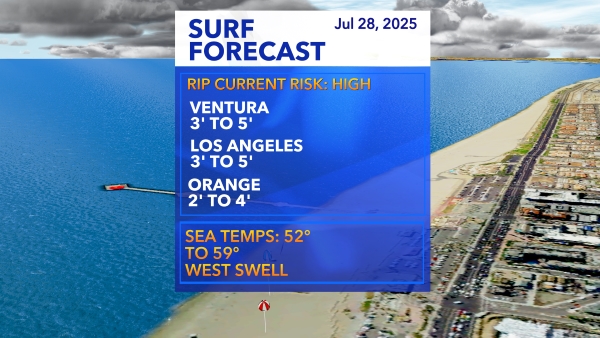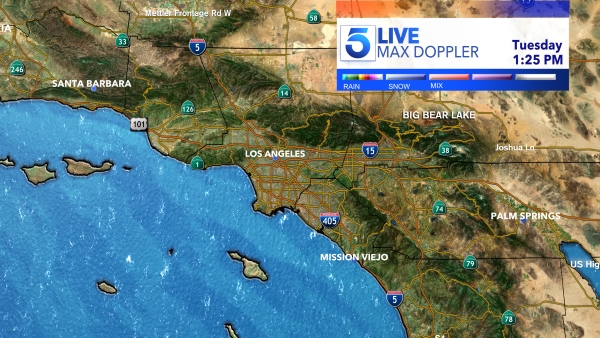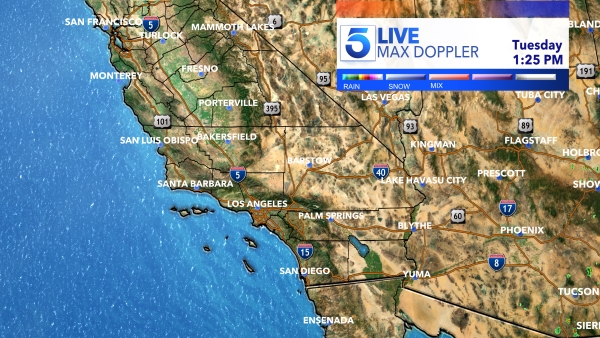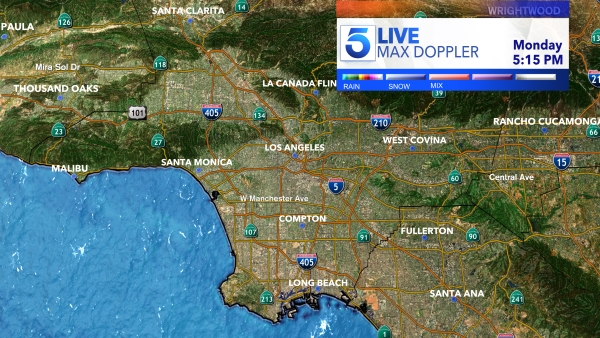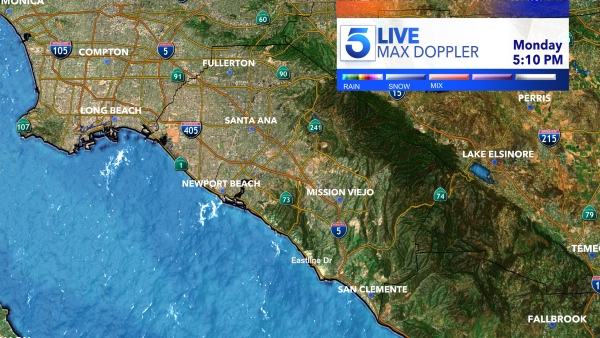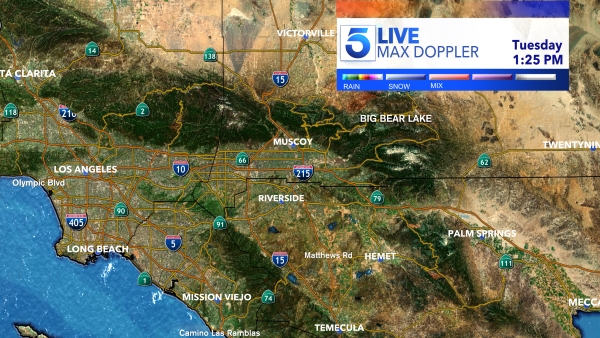Even though we’re still a couple of weeks from Black Friday, there seems to be a pre-season special on snow and cold.
The upper Midwest and Great Lakes are buried in snow, shivering under the icy blanket.
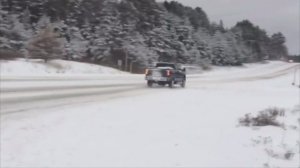
From the Rockies to the heathland, ferocious winds are ripping across the Plains, bringing freezing temperatures as far south as Oklahoma and the Texas panhandle.
Hardly anyone in the eastern two-thirds of the nation will be spared by the time the weekend hits, although they won’t have it nearly so bad.
Here’s how everyone is faring against the elements.
Minnesota: Land of the Vikings (You got that right)
The people of Minnesota are hardy folks, tempered by years of long brutal winters. Still, they don’t normally get it so soon.
“This is the first snow I’ve seen this season, and it’s a major snowstorm, rather than the usual light dusting you’d expect to start off the winter with,” said Katie Robinson of Saint Paul. She woke up Monday to find snow on the ground.
“I think that’s the biggest thing — that we went from a very warm and mild fall to now being thrust so abruptly into winter.”
Minneapolis-St. Paul International Airport got about 3 inches of snow on Monday, with up to 3 inches more expected through Tuesday morning.
The heavier snow fell to the north. St. Augusta, Minnesota, about 70 miles northwest of Minneapolis, reported a whopping 16.5 inches of snow Monday, according to the National Weather Service.
Snowfall of 10 inches and above was common across the state’s northern tier and it created a mess.
The snow dusted up travelers in the Twin Cities.
Flightaware.com reported that 153 flights were canceled Monday at Minneapolis-St. Paul airport. That’s a lot, especially considering only 277 cancellations were reported across the entire United States. Slippery roads were reported throughout the region.
Minnesota State Patrol spokesman Lt. Eric Roeske said troopers responded to 475 crashes across the region from 5 a.m. to 7 p.m. Monday, 45 with injuries and one fatal. He reported 702 spinouts and incidents of vehicles running off the road.
Wisconsin: Our kind of weather
Even with the inconveniences, people in the North know how to deal with snow. Dare we say it makes them a bit giddy?
“This has been the buzz this weekend,” Greg Graves, an employee at Mel’s Trading Post in Rhinelander, Wisconsin, told CNN affiliate WJFW.
“Most of our customers love to be outdoors so everyone is really looking forward to it,” he said.
In Eau Claire, Jason Stuttgen told CNN affiliate WQOW the snow’s coming at the perfect time.
“Especially two weeks before gun hunting (season), that’s always going to help the deer move,” he told the station.
Montana: Too darn cold
Temperatures plummeted, as bitterly cold winds rushed down the front range of the Rocky Mountains.
In Billings, Montana, temperatures over the weekend were in the 50s, but Wednesday will bring overnight lows below zero and daytime highs in the single digits.
The snow is pretty much done for now, but snowfall amounts of 5 to 14 inches were common across the western half of the state.
The South: Cold, but not as cold
The northern Mountain States, the Plains and the Midwest are not the only targets. Much of the nation will shiver under the cold air.
“I think we’re all going to be feeling the bite,” CNN meteorologist Indra Petersons said.
The cold snap will bring lows in the teens and single digits into Iowa, Kansas and Colorado this week but also spread freezing temperatures as far south as Texas. A hard freeze warning extends to just north of the Dallas-Fort Worth area.
“Much of the nation east of the Rockies is expected to see a major pattern change by the beginning of the work week,” the weather service said.
The frosty blast will move across the rest of the United States but not be as harsh as in the Midwest.
Atlanta and Birmingham, Alabama, are expecting daytime high temperatures in the mid 40s on Friday, according to the National Weather Service. A normal high this time of year is 64.
How did this happen?
Residents in the northern United States can thank Super Typhoon Nuri for this mess.
It is the strongest Northern Pacific post-tropical cyclone on record, the NWS said. Its remnants are haunting us now, less than two weeks after Halloween.
The storm system plowed into all that Arctic cold air in Alaska and northern Canada, forcing it south.
Things will get warmer over the weekend, but it won’t stay that way, forecasters say.
Another Arctic blast is on its way for next week.
Lucky us.
